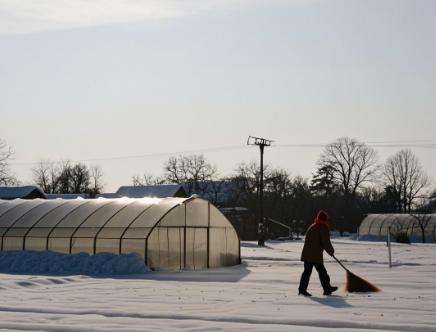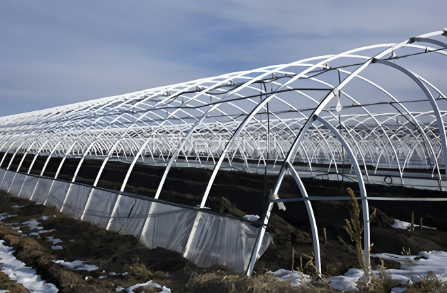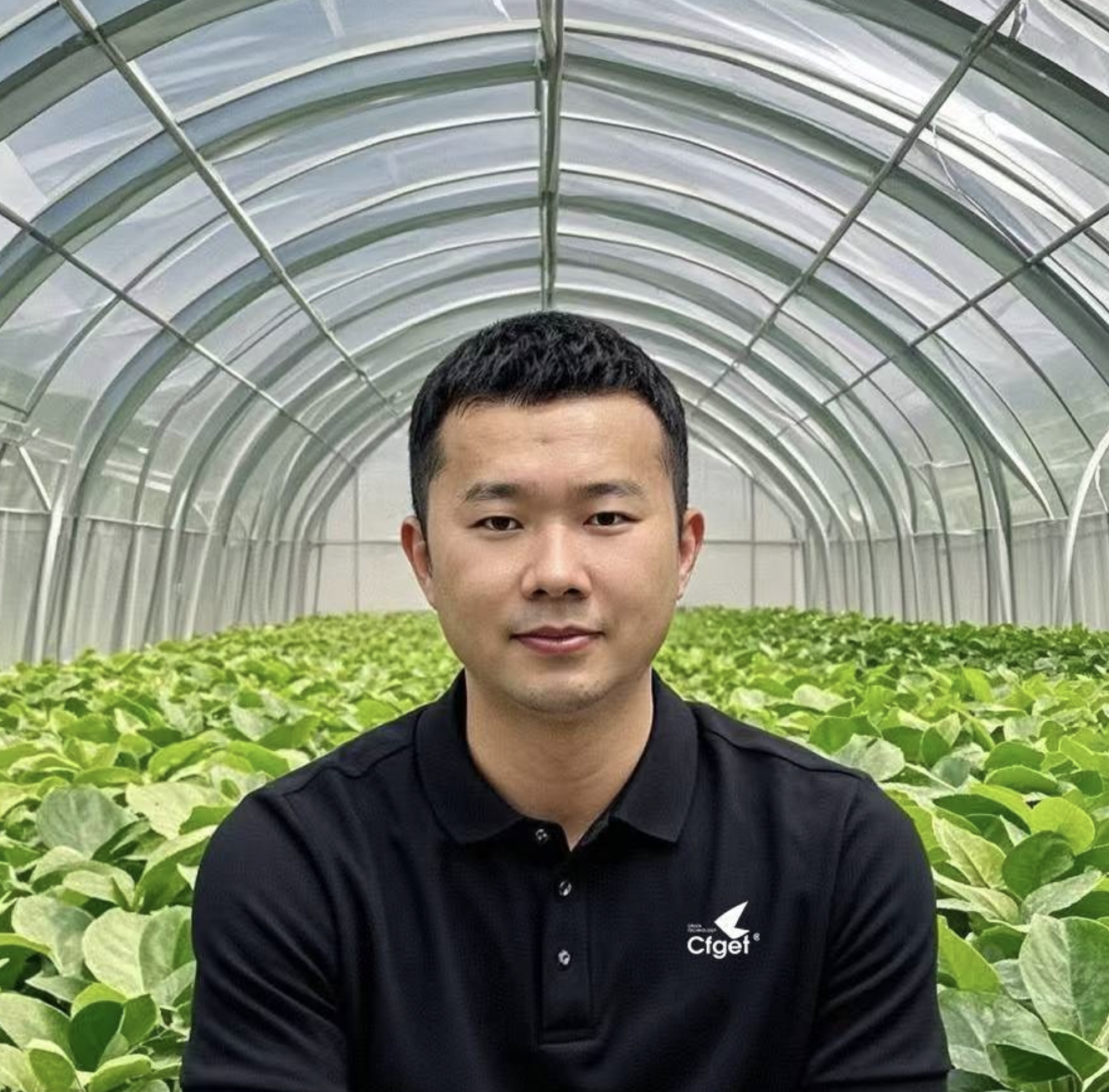Winter can be a challenging time for greenhouse gardening, but with the right strategies, you can maintain a warm and cozy environment for your plants. Here are some effective tips to keep your greenhouse warm during the colder months.
2. Optimize the Greenhouse Orientation
The orientation of your greenhouse can significantly impact its energy efficiency. Positioning the long side of your greenhouse to face south maximizes sunlight absorption during the shortest winter days. Insulating the north, west, and east sides further reduces heat loss. This simple adjustment ensures your greenhouse stays warm and well-lit, even on the coldest days.
3. Use Thermal Mass
Thermal mass materials can absorb and store heat during the day and release it slowly at night, helping to stabilize the temperature in your greenhouse. Consider using:
Water Barrels: Filled with water, these barrels can absorb heat during the day and release it at night.
Stones or Concrete: These materials can be placed on the floor or walls of your greenhouse to provide additional thermal mass.
1. Insulate Your Greenhouse
Insulation is key to retaining heat in your greenhouse. Here are a few materials and methods to consider:
Polycarbonate Sheets: These are excellent for insulation. They’re strong, durable, and provide better thermal resistance than traditional glass. Polycarbonate sheets can handle impacts and harsh weather, ensuring your greenhouse stays intact even in the coldest months.
Plastic Film: For a budget-friendly option, plastic film is lightweight and easy to install. Using double or triple layers with an air gap in between can significantly boost insulation. This simple trick helps maintain a stable temperature, perfect for nurturing your plants through winter.
Bubble Wrap: This affordable material creates insulating air pockets that trap heat effectively. You can easily attach it to the interior walls and roof of your greenhouse. While it may need periodic replacement, bubble wrap is a great temporary solution for added warmth.

4. Install a Heating System
Sometimes, additional heating is necessary to maintain a warm environment. Here are a few options:
Electric Heaters: These are easy to install and can provide consistent heat. Look for energy-efficient models to keep your energy costs down.
Heating Cables: These can be installed in the soil to provide gentle, consistent heat to your plants’ roots, reducing the need for additional air heating.
Solar Heaters: Solar-powered heaters can be a sustainable and cost-effective way to provide additional warmth, especially during the day.

5. Use Automated Ventilation
A well-designed ventilation system is essential for maintaining a healthy environment inside your greenhouse. Automated vents can open and close based on temperature, ensuring proper air circulation and preventing overheating or excessive humidity. This helps maintain a stable climate, which is crucial for plant health.
6. Seal Any Gaps
Drafts can significantly reduce the effectiveness of your insulation. Make sure to seal any gaps or cracks in your greenhouse with weather stripping or silicone sealant. This will help keep the warm air inside and the cold air outside.
7. Double-Layered Designs
Double-layered greenhouse designs, such as dual-layer inflated film greenhouses, create an insulating air layer between the layers. This can reduce heat loss by up to 40%. In modern greenhouses, this design combined with automated climate control systems ensures precise temperature and humidity control, leading to higher crop yields and better-quality produce.
8. Use Reflective Insulation
Reflective insulation, such as aluminum foil or reflective plastic, can help reflect heat back into the greenhouse. Placing reflective materials on the interior walls can enhance the effectiveness of your insulation.
9. Monitor Temperature and Humidity
Regularly monitoring the temperature and humidity inside your greenhouse can help you make adjustments as needed. Use a thermometer and hygrometer to keep track of conditions and make sure they stay within the optimal range for your plants.
Conclusion
Keeping your greenhouse warm in winter involves a combination of smart design, effective insulation, and the right heating solutions. By insulating your greenhouse, optimizing its orientation, using thermal mass, and installing a reliable heating system, you can create a stable and warm environment for your plants. With these strategies, you can enjoy a thriving winter garden, even in the coldest conditions.
Welcome to have a further discussion with us.
Phone: +86 15308222514
Email: Rita@cfgreenhouse.com
Post time: Jun-21-2025







 Click to Chat
Click to Chat